An understanding of flight is rooted in a strong grasp of how an airplane gets in the air—and stays there. Both a passenger jet and a tiny paper airplane are governed by the same forces. Understanding airplane aerodynamics is key to a successful partnership with the atmosphere: They are the foundation for study for student pilots, an instinctive part of work life for engineers and everyday aviators, and a pathway to comprehension and relaxation for white-knuckle travelers.
The Four Forces of Aerodynamics
You may be surprised to hear that aerodynamics applies to objects that never leave a runway at all. Since aerodynamics is the study of how objects move through the air, it’s a matter of concern for race car engineers, Olympic athletes, and sports equipment designers.
Where those in the aviation industry are concerned, however, aerodynamics applies to how the forces of flight act on an aircraft. Human beings can’t fly on our own; we’re simply not designed to do so. We need help! When the Wright Brothers were designing their first Flyer, they took careful note of how the birds along the North Carolina coast wheeled and glided on the ocean wind. They understood that, unlike people, birds were built to manage four important forces: weight, lift, thrust, and drag. These four staples of aerodynamics are constantly working in opposition to one another.
How Does Weight Affect Aerodynamics in Airplanes?
Weight wasn’t only a gravitational force to be overcome when human beings first took to the sky. It has a specific relationship to airplanes and management of them while in flight.
Aircraft designers usually look to save as much weight as possible; a lower weight means less fuel to remain airborne, and more passengers and cargo can be brought on board. Seeking a balance of using safe and durable materials while reducing the forces of gravity is critical.
While the force of weight presses down on the entire airplane, it pivots through the aircraft’s center of gravity. The center of gravity is always focused towards the earth, but the precise location of it continually shifts as an airplane burns fuel. Weight and balance calculations are vital in-flight planning and aircraft operation. Maintaining a safe ratio of weight and balance are why, even though passengers on a small aircraft might not feel a difference in the handling of an aircraft, they are sometimes asked to re-distribute themselves more evenly across the cabin of a half-empty flight.
The Role of Lift in Getting Aloft
So what combats the weight of the aircraft pushing down towards Earth? You’re not going anywhere without lift.
In aerodynamics, lift is produced by the difference in speed between an object and the air molecules around it. Lift does not exist without air, which is why the wings of the space shuttle orbiter were useless in the vacuum of space but essential during its unpowered descent to Earth.
Differences in air pressure are crucial in producing lift. Since fast-moving air creates less pressure, the slower air below the wing helps to push the wing skyward. Aircraft wings, with their slightly rounded shape, are designed to harness this dynamic. The motion of the air molecules above and below the surface of the wing creates the upward push of lift; this flow, in turn, helps keep the airplane aloft.
The Importance of Thrust in Aerodynamics
The most spectacular illustration of thrust is a rocket launch. Thrust is what enables us non-birds to get off the ground. When thrust of an engine pushes, the vehicle it’s attached to shoots in the opposite direction.
Attaining significant amounts of thrust was the most difficult problem of aerodynamics to solve. Lack of thrust is why we were forced to wait until the mechanical age to attain flight. While Leonardo Da Vinci had the right idea in his sketches of a flying machine that resembled bird wings, one furiously flapping pilot simply couldn’t produce enough thrust to overcome the weight of himself and his machine.
Airplanes don’t need the tremendous amounts of velocity to achieve orbit that rockets do, but they require more than the average bird in order to carry passengers, cargo, and fuel in addition to their own weight. The required thrust is generated by the engine or engines.
The Wright Brothers custom-built a simple crankcase made of lightweight aluminum, which was gravity-fed by a tiny gasoline tank. It only produced 12 horsepower (as opposed to the 111,526 from a single engine on the Boeing 777 Dreamliner), but it was enough to overcome the gravitational pull of the Flyer and one Wright.
Reducing Drag
If engines and lift are so wonderful, why can’t airplanes stay aloft forever?
Any object (such as an airplane) moving through molecules (such as the atmosphere) experiences drag. This friction can be reduced by constructing flight-bound objects with smooth materials. Drag acts in opposition to the thrust of the airplane’s engine.
Friction isn’t the only culprit airplanes must overcome to maintain altitude; air pressure can play a role as well. Do you love the sweeping look of winglets on a modern jet? These are designed to reduce the amount of what’s known as “induced drag,” or “drag due to lift.” At the tip of an airplane’s wing, high-pressure air swirls from beneath the wing to the relatively low air pressure just above the wing. That combats the action of lift.
This kind of drag, however, is only seen at high speeds or steep angles of attack, so it isn’t present in noticeable amounts on small aircraft. But in a widebody jet, the presence of a well-designed winglet—a wing on top of a wing—helps to push airflow towards the fuselage of the airplane. That’s how engineers help pilots snatch a bit of their lift back.
Aerodynamics in Action
Weight, lift, thrust and friction are constantly pushing and pulling on one another, with the airplane in the middle. Applying aerodynamic principles to all aspects of flight is essential to advancing the scope of aviation.
Ready to soar in your aviation career?
Mr. Matthew A. Johnston has over 23 years of experience serving various roles in education and is currently serving as the President of California Aeronautical University. He maintains memberships and is a supporting participant with several aviation promoting and advocacy associations including University Aviation Association (UAA), Regional Airline Association (RAA), AOPA, NBAA, and EAA with the Young Eagles program. He is proud of his collaboration with airlines, aviation businesses and individual aviation professionals who are working with him to develop California Aeronautical University as a leader in educating aviation professionals.
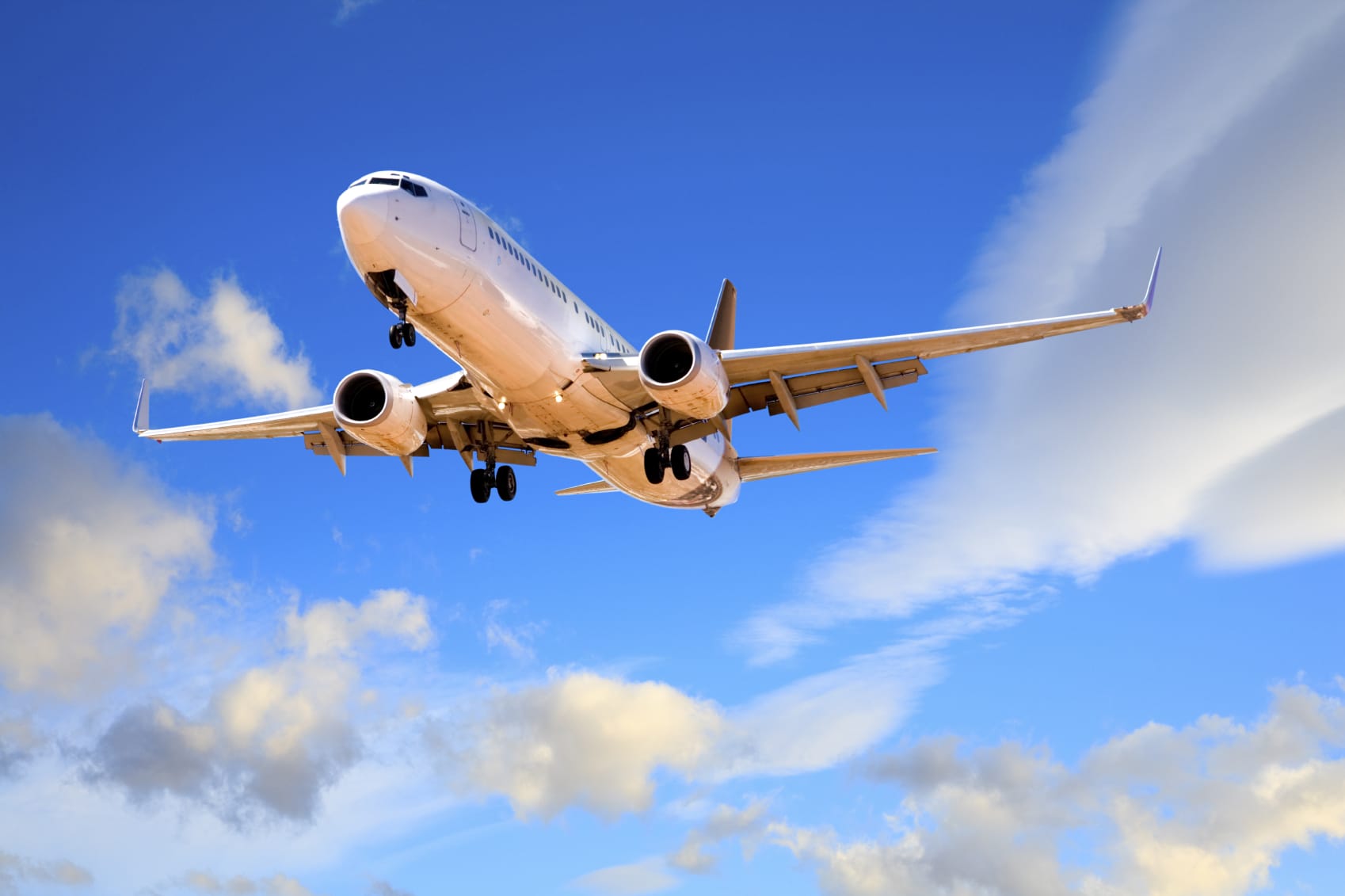
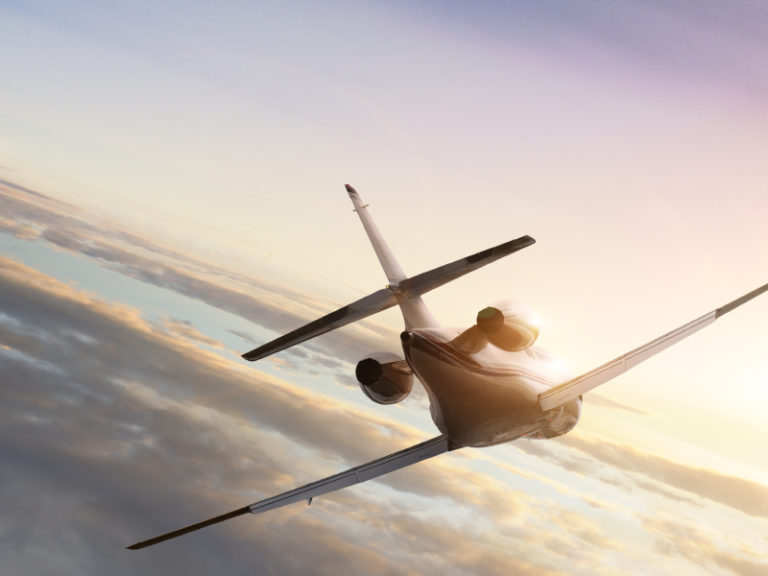
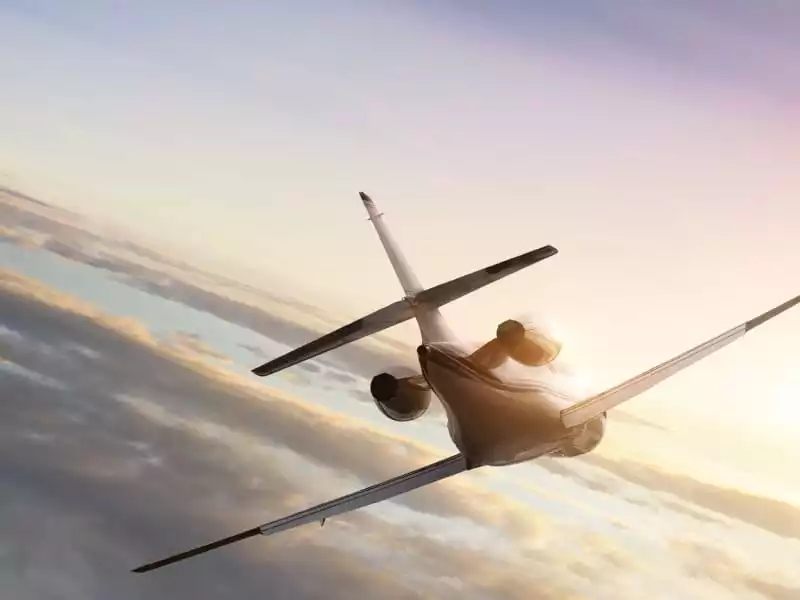
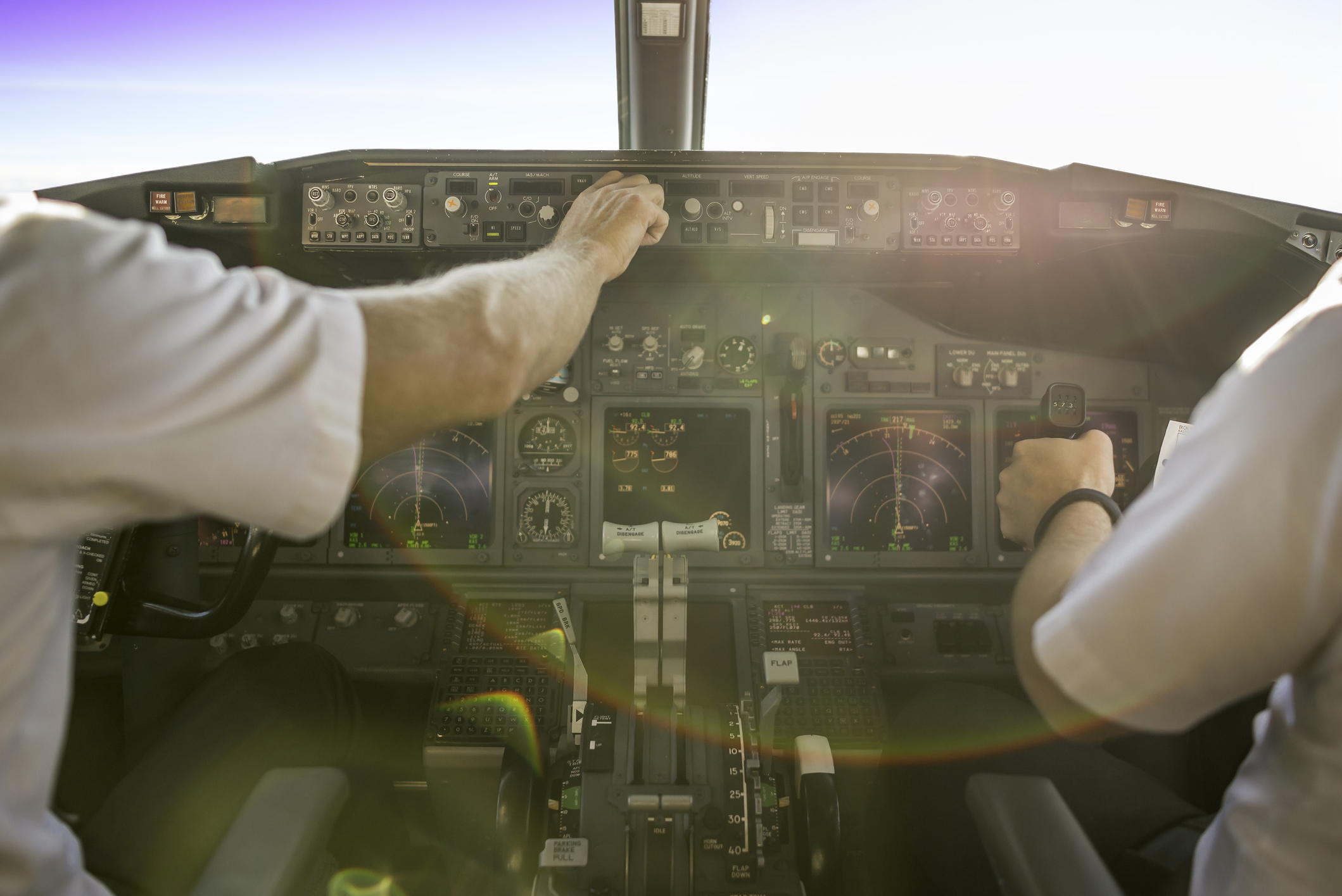
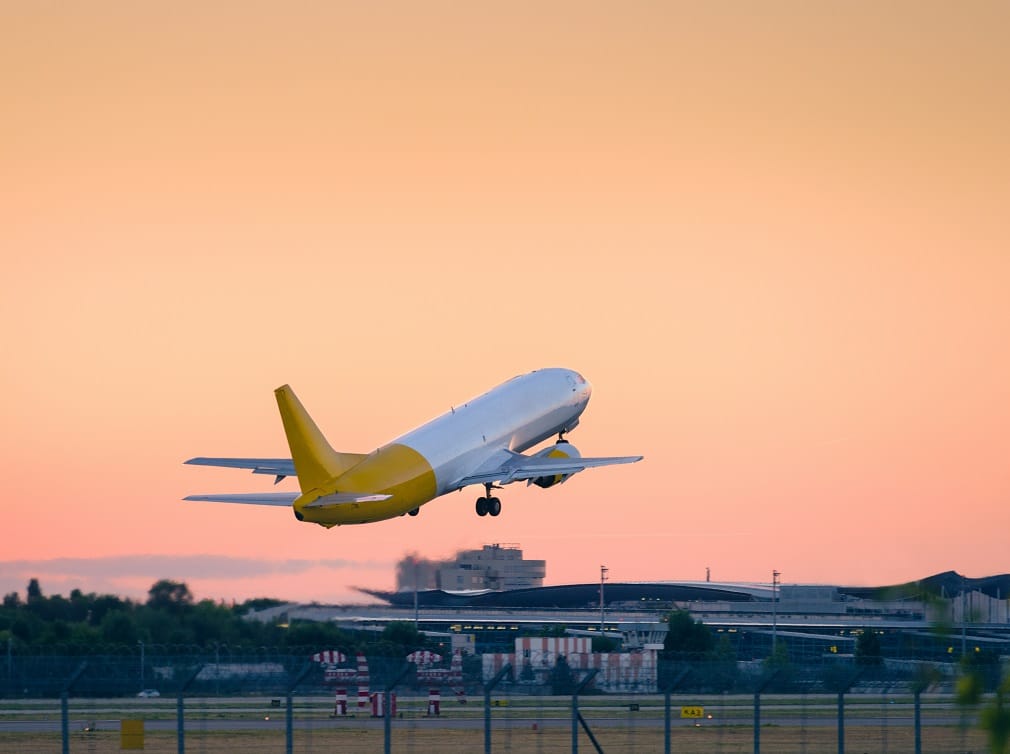
It is with the essence of great levels of a heavenly order of intelligence to observe the great abilities of humans. Surely, the invention of the airplane was indeed created by superior minded men having the ability of the structure and design related to the science of great systems of aerodynamics. By: Hon. Dr. Desmond A. Assent. Former Member: WFMH UN
Planes are man made marvel. It baffles me how the physics, aerodynamic flight laws keep the plane afloat in the air for a long time and being the safest method of transportation as well,enough respect to those intelligent wonderful human beings for coming up with such ideas